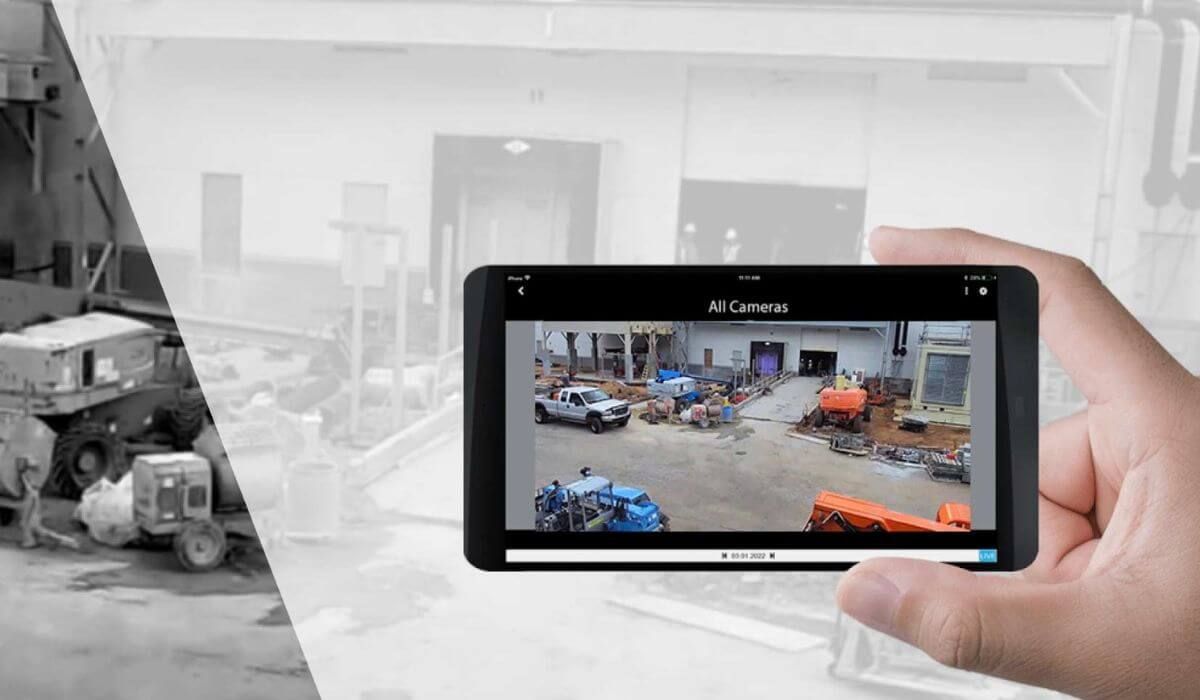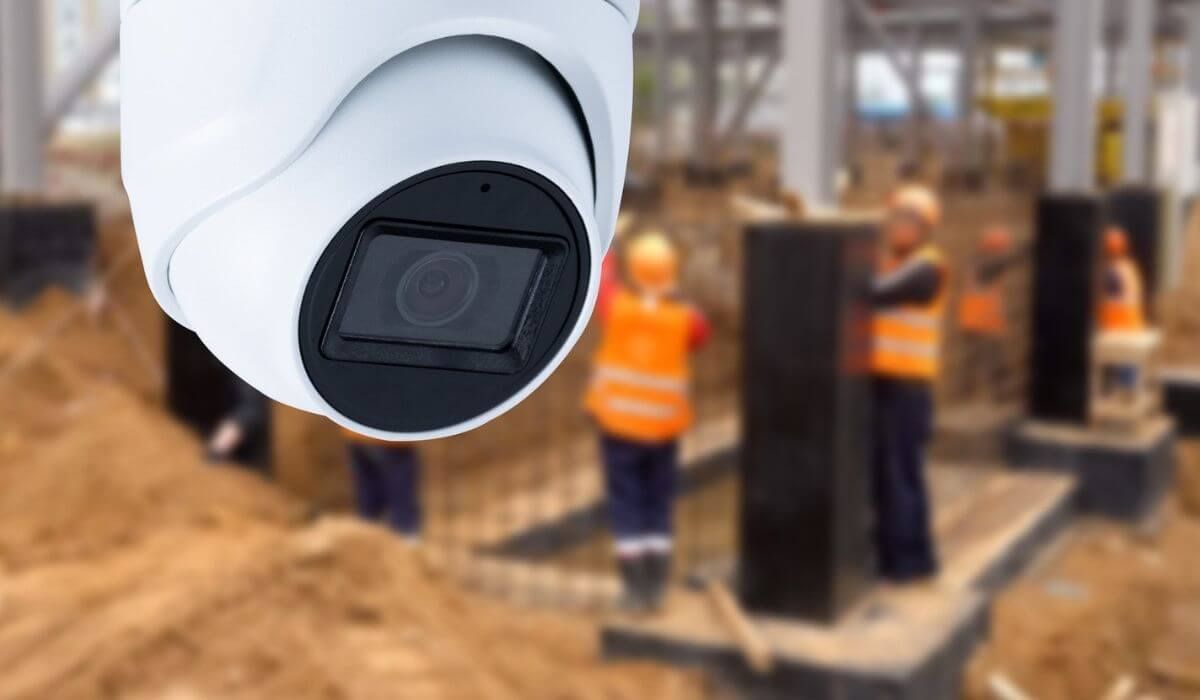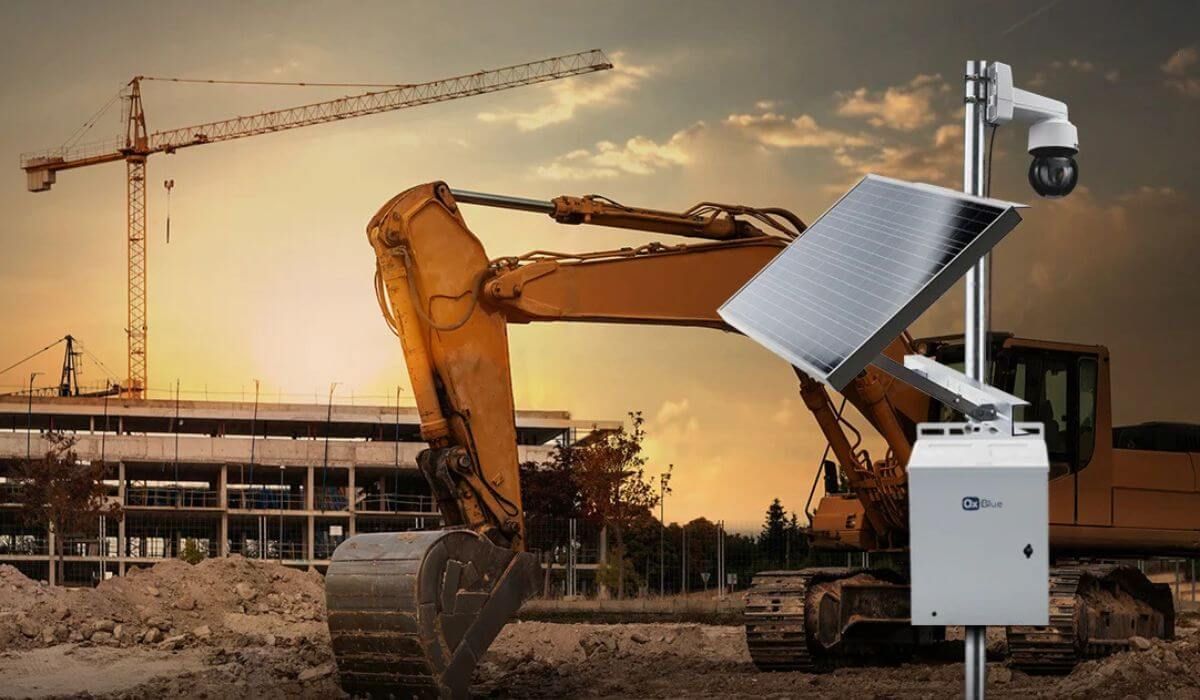Biometric Home Security: Advanced Protection for Your Safety
Home security has come a long way from traditional locks and alarms. In today’s fast-paced world, the need for enhanced protection has driven the rise of
biometric home security systems. Leveraging cutting-edge fingerprint and facial recognition technology, these systems offer unmatched reliability, convenience, and advanced protection for Sydney homeowners. Let’s explore why biometric security is the future of home safety and how it can secure your home effortlessly.
What is Biometric Home Security?
Biometric home security systems use unique biological characteristics to grant access, ensuring that only authorized individuals can enter your home.
Definition and Basic Concepts of Biometric Security
Biometric technology refers to systems that identify individuals based on their unique physical or behavioral traits. These include fingerprints, facial features, voice patterns, or even iris recognition. Unlike traditional keys or passwords, which can be lost or forgotten, biometric identifiers are unique and always accessible.
Types of Biometric Systems Used in Home Security
Commonly used biometric systems in home security include:
- Fingerprint Recognition: Scans and identifies fingerprints for access control.
- Facial Recognition Technology: Uses advanced cameras to analyze and verify facial features.
- Voice Recognition Systems: Identifies and authenticates users through voice patterns.
Benefits of Biometric Security Systems for Home Use
Biometric home security offers several advantages over traditional methods, making it a preferred choice for Sydney homeowners.
Enhancing Security with Biometric Accuracy
- Minimized Error Rates: Biometric systems are designed for precision, reducing the chances of false access.
- Reliability: Unlike keys that can be duplicated, biometric traits are unique, ensuring robust protection.
Speed and Convenience of Biometric Systems
- Quick Access: Enter your home in seconds without fumbling for keys.
- User-Friendly Interfaces: Modern systems come with intuitive interfaces, making them easy to use for all family members.
Installing a Biometric Security System at Home
Setting up a biometric security system is simpler than you might think. Whether you hire a
professional
or take the DIY route, the process is straightforward
Step-by-Step Installation Guide
- Choose the Right System: Select a biometric security system that meets your specific needs and budget.
- Prepare the Installation Area: Identify optimal locations for placement, such as main entry points.
- Follow Manufacturer Guidelines: Install the system as per the provided instructions or seek professional help.
- Test the System: Ensure the system works seamlessly before relying on it for security.
Best Practices for Optimal Performance
- Regular Maintenance: Clean sensors and update software to ensure the system functions properly.
- Strategic Placement: Position systems in well-lit areas to enhance recognition accuracy.
Comparing Biometric Security to Traditional Security Methods
While traditional locks have served us well, biometric systems are setting a new standard in
home security.
Key Differences and Advantages
- Higher Security Levels: Biometric systems eliminate risks like stolen keys or forgotten passwords.
- Modern Features: They integrate with smart home devices for a seamless security experience.
Making the Switch: What Homeowners Need to Consider
- Cost Considerations: While biometric systems may have a higher upfront cost, they offer long-term security benefits.
- Transitioning Tips: Educate your family on using the system and keep backup access methods ready for emergencies.
Conclusion
Biometric home security systems are revolutionizing the way we protect our homes. With unparalleled accuracy, convenience, and advanced features, they provide peace of mind for Sydney homeowners looking to safeguard their families and possessions. By making the switch to biometric technology, you’re investing in the future of home safety.
Ready to secure your home with cutting-edge biometric technology?
Contact
Scavi Sydney today to explore our range of biometric security systems. Let us help you find the perfect solution for your safety needs and enhance your home security with a touch of modernity!
FAQs About Biometric Home Security
What are biometric security systems?
Biometric
security systems use unique physical or behavioral traits, such as fingerprints or facial features, for access control.
How do biometric systems enhance home security?
By relying on unique biological characteristics, biometric systems prevent unauthorized access and provide advanced protection.
What are the installation steps for a biometric home security system?
Installation involves choosing a suitable system, preparing the installation area, following setup guidelines, and testing the system for functionality.
How do biometric security systems compare to traditional locks?
Biometric systems offer greater security and convenience, eliminating the risks associated with lost keys or forgotten combinations.




